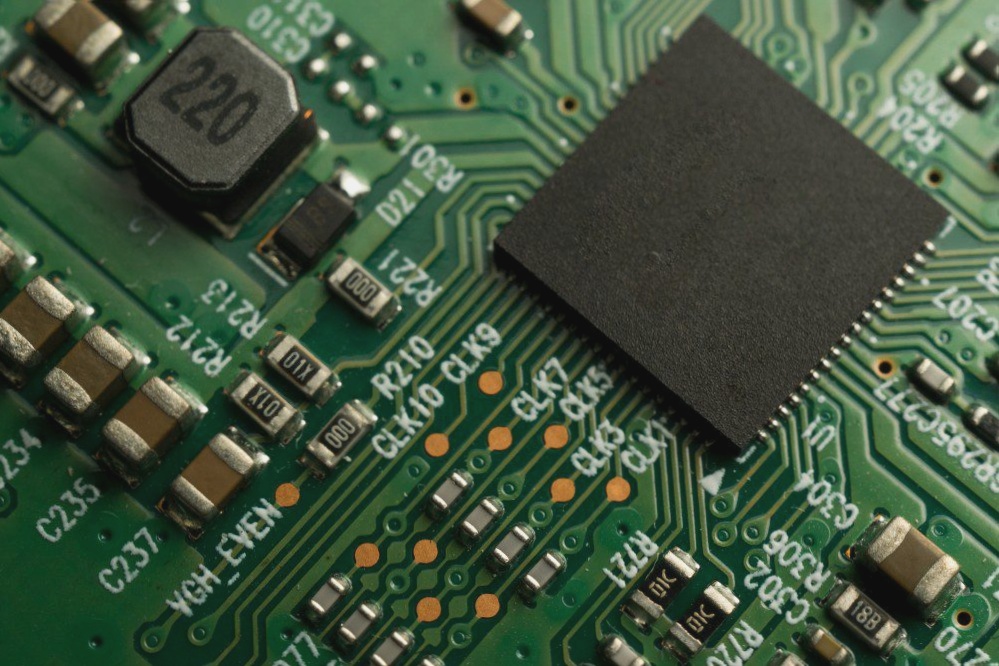Optimizing Line Width and Copper Thickness in PCB Design
The relationship between PCB copper thickness, trace width, and current capacity is critical for designing reliable circuit boards, influenced by factors such as unit conversions, empirical formulas for trace width calculation, and the impact of soldering on current-carrying capacity.
Optimizing Line Width and Copper Thickness in PCB Design Read More »



